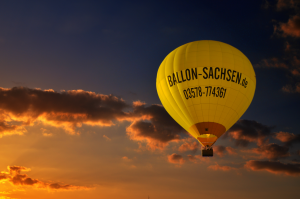- This topic is empty.
-
AuthorPosts
-
10/07/2025 at 11:04 #8214
When it comes to constructing or renovating a building, the choice of materials for exterior wall cladding is crucial. Not only does the exterior wall serve as the first line of defense against the elements, but it also plays a significant role in the aesthetic appeal and energy efficiency of a structure. In this post, we will delve into the various materials used for covering exterior walls, examining their benefits, drawbacks, and ideal applications.
1. Traditional Materials: Brick and Stone
Brick has long been a favorite for exterior walls due to its durability and timeless aesthetic. It offers excellent thermal mass, which helps regulate indoor temperatures, making it an energy-efficient choice. Additionally, brick is low-maintenance and resistant to fire, pests, and rot.
Natural stone, such as granite, limestone, or slate, provides a luxurious appearance and unparalleled durability. Stone walls can withstand harsh weather conditions and require minimal maintenance. However, the high cost and labor-intensive installation process can be significant drawbacks.
2. Modern Options: Vinyl and Fiber Cement
Vinyl siding has gained popularity in recent years due to its affordability and ease of installation. It is available in a wide range of colors and styles, allowing for customization. Vinyl is also resistant to moisture and does not require painting, making it a low-maintenance option. However, it may not be as durable as other materials and can fade over time.
Fiber cement siding is an innovative material that combines cement, sand, and cellulose fibers. It mimics the appearance of wood or stucco while offering superior durability and resistance to fire, insects, and rot. Fiber cement is also low-maintenance and can be painted in various colors. However, it is heavier than vinyl and may require professional installation.
3. Sustainable Choices: Wood and Bamboo
Wood siding provides a natural aesthetic and can be sourced sustainably, making it an eco-friendly choice. It offers excellent insulation properties and can be treated to resist moisture and pests. However, wood requires regular maintenance, including staining or painting, to prevent deterioration.
Bamboo, an emerging material in the construction industry, is gaining traction due to its rapid renewability and strength. Bamboo can be used in various forms, including panels and siding. It is lightweight, durable, and offers a unique aesthetic. However, its availability and higher cost compared to traditional materials can be limiting factors.
4. Innovative Solutions: Metal and Composite Materials
Metal siding, such as aluminum or steel, is becoming increasingly popular for modern architecture. It is highly durable, resistant to fire, and requires minimal maintenance. Metal can be finished in various colors and textures, providing a sleek, contemporary look. However, it can be prone to denting and may require insulation to prevent heat loss.
Composite materials, which combine various substances, offer versatility and durability. These materials can mimic the appearance of wood or stone while providing enhanced performance characteristics. They are often resistant to fading, warping, and pests. However, the initial cost can be higher than traditional materials.
Conclusion: Choosing the Right Material
Selecting the appropriate material for exterior wall cladding involves considering various factors, including climate, budget, aesthetic preferences, and maintenance requirements. Each material has its unique advantages and disadvantages, making it essential to assess your specific needs before making a decision.
-
AuthorPosts
- You must be logged in to reply to this topic.



